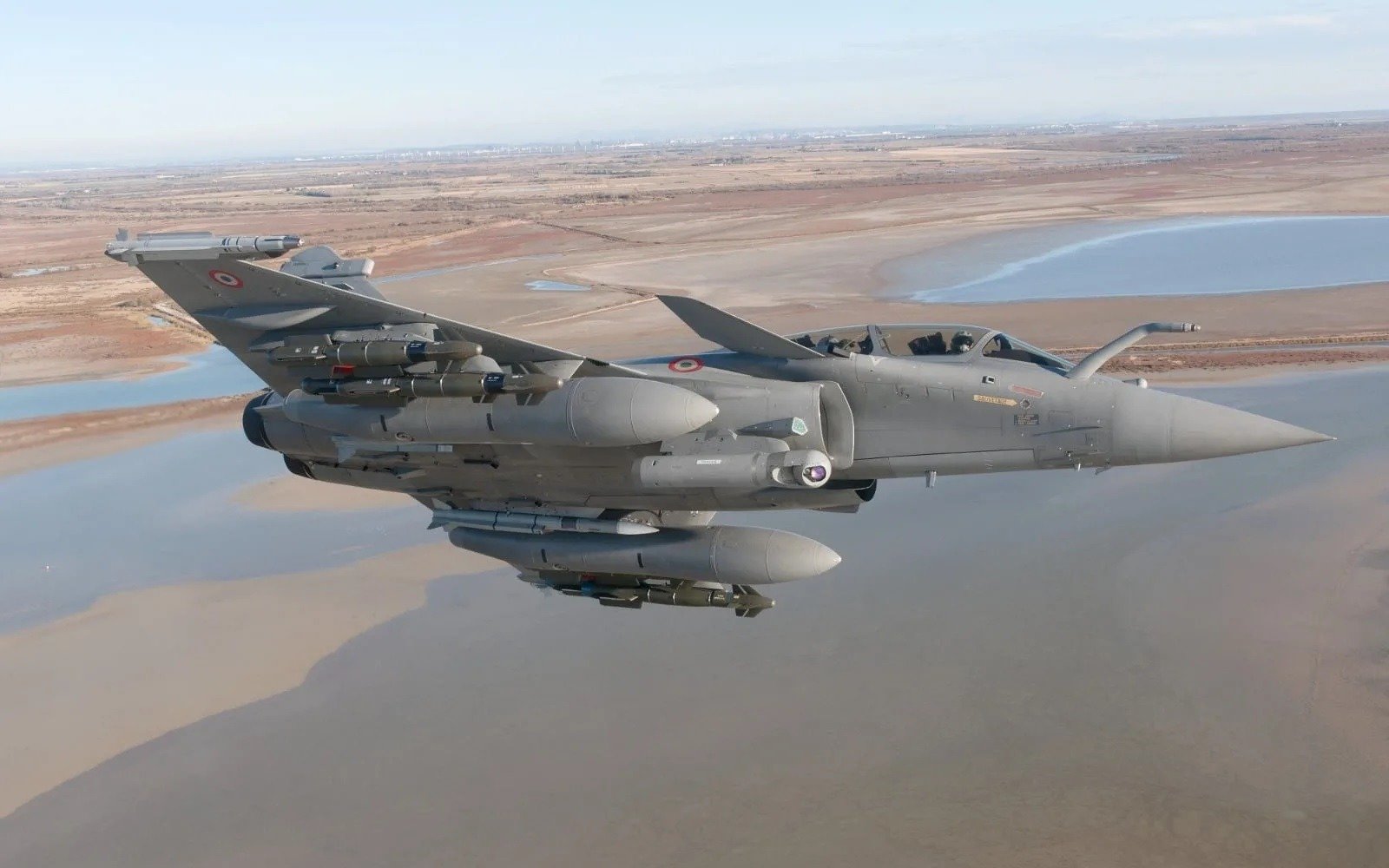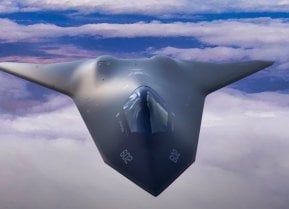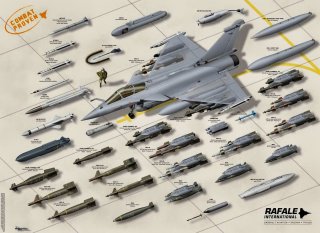France's Dassault Rafale Is the Fighter Now Every Air Force Wants
The French-made Dassault Rafale is experiencing a surge in global demand, challenging the dominance of the American F-35. Recently, Croatia received its first Rafales, and Serbia announced plans to procure a dozen more.
Summary: The French-made Dassault Rafale is experiencing a surge in global demand, challenging the dominance of the American F-35. Recently, Croatia received its first Rafales, and Serbia announced plans to procure a dozen more.

Key Points:
-This increased interest, influenced by Russia's invasion of Ukraine, extends beyond Eastern Europe to nations like Greece, the UAE, Indonesia, Egypt, and Qatar. The Rafale's robust performance, significant payload capacity, and advanced electronic systems make it an attractive alternative to newer fifth-generation jets.
-Despite lacking stealth technology, the Rafale's versatility, proven combat history, and cost-effectiveness are driving its popularity, leaving Dassault struggling to meet growing orders.
Why France's Dassault Rafale Fighter is the New Favorite Among Nations
The American-made F-35 Lightning II fighter jet may be the most recognizable airframe across the globe today. However, an older and less advanced platform is spurring the interest of an increased number of foreign client states. France’s Dassault Rafale is, in fact, gaining so much popularity that its own manufacturer cannot keep up with demand.
Last month, Croatia received its first batch of these multipurpose fighter jets. French manufacturer Dassault Aviation first penned the contract to provide Zagreb with its jets back in 2021 in a deal worth over 1 billion euros. Serbia’s president also announced in April plans to procure at least a dozen new Rafale fighters over the next few years. While French officials have not yet confirmed this deal, it signals heightened interest in the platform across Eastern Europe.
ongoing invasion of Ukraine is undoubtedly influencing the decision of Eastern European countries to ramp up their defense capabilities. Greece, the United Arab Emirates, Indonesia, Egypt, and Qatar are also vying to acquire the French platform. While the Rafale may be less sophisticated than newer fifth-generation airframes, its robust performance, significant payload capacity, and advanced electronic systems offer a strong alternative to its American and Russian F-35 and Su-57 counterparts.
Introducing the Rafale Fighter and Why It Matters
The Rafale platform can be traced back to the 1970s when France’s Air Force and Navy both sought next-generation fighters able to replace aging fleets. In order to cut costs and fulfill their similar requirements, the two services opted to issue a common request for proposals. By the middle of the decade, France’s Ministry of Aviation began researching a new airframe that could complement the upcoming Dassault Mirage 2000.
The “Future European Fighter Aircraft” program was established shortly after, consisting of France, Spain, Italy, the United Kingdom, and West Germany, and tasked with creating a new joint fighter. Ultimately, however, France withdrew from the program and opted to develop its own platform. Notably, since other nations were no longer involved in its endeavor, the platform was uniquely constructed with homegrown avionics, propulsion systems, and armaments.
The Rafale platform was eventually introduced in 2011, equipped with a vast array of critical capabilities that have helped it retain relevancy and respect over the years. Designed with a multitude of weapons systems, ranging from missiles, bombs, and a 30mm cannon, the Rafale can perform a wide range of missions, including ground attack, air superiority, reconnaissance, and even nuclear deterrence.
Specific weapons that the Rafale can carry include the Sidewinder, Magic, ASRAAM, and AMRAAM air-to-air missiles, the Apache, HARM, ALARM, and Maverick air-to-ground missiles, and the Penguin 3 and Harpoon anti-ship missiles. Two Snecma M88 turbofan engines power the platform, which enables the fighter to reach speeds in excess of Mach-1.8 (times the speed of sound). In terms of countermeasures and sensors, the Rafale is equipped with a Thales TLS 2000 navigation receiver and the RBE2 passive electronically scanned array radar, which possesses look-down and shoot-down functions.
One of the most important features the Rafale possesses is its ability to operate from both land bases and aircraft carriers, making it a versatile airframe that can fly effectively in a number of operational environments.

For this reason, the French platform has a proven combat history. The Rafale has seen action in Libya, Afghanistan, Mali, Iraq and Syria. Even though this 4.5-generation fighter does not benefit from the stealth and advanced sensor technology its fifth-generation counterparts possess, it is a trusted platform that is easy to maintain and less costly than newer airframes. For many years, nations across the globe have depended on Washington and Moscow to fulfill their aviation needs.
The Rafale’s growing popularity suggests that more and more countries are hesitant to rely singularly on one of these countries to satisfy their defense needs.

Everyone Wants to Buy This Fighter Jet
According to the International Institute for Strategic Studies, Dassault will be hard at work in the near future in order to fulfill its existing orders: “During this eight-year period, Dassault needs to deliver a total of 174 aircraft for France (the latest order for 42), Indonesia (42), the United Arab Emirates (80) and Egypt (the final 10 of its follow-on order for 30). Dassault is also now delivering to France the long-delayed 27-aircraft element of an order placed in 2009, along with 12 to backfill those Paris transferred to Greece. In addition, Athens has yet to receive the final four of the six new Rafales it ordered in 2021, along with the additional six it ordered in 2022.”
About the Author: Maya Carlin
Maya Carlin, National Security Writer with The National Interest, is an analyst with the Center for Security Policy and a former Anna Sobol Levy Fellow at IDC Herzliya in Israel. She has by-lines in many publications, including The National Interest, Jerusalem Post, and Times of Israel. You can follow her on Twitter: @MayaCarlin.
Image: Creative Commons.


